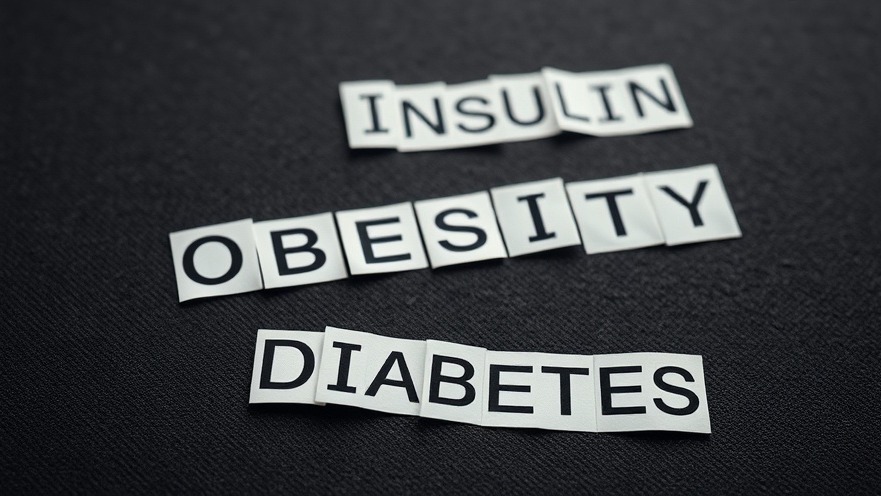
Exercise Alone: A Viable Route for Pain Relief in Hip OA
Recent research has shed light on a surprising finding regarding the management of hip osteoarthritis (OA). A study published in the Annals of Internal Medicine suggests that individuals suffering from hip OA who engage in regular exercise experience comparable pain relief, regardless of whether they also follow a very-low-calorie diet aimed at weight loss. This challenges the common belief that weight loss is essential for alleviating hip pain associated with OA.
Insight Into the Study
The study focused on 101 participants over the age of 50 in Australia, all of whom exhibited significant hip pain and had been diagnosed with OA. Participants were split into two groups: one followed a dietitian-supported ketogenic very low-calorie diet while also partaking in a consistent exercise program, and the other engaged in the exercise program alone without dietary restrictions. While the dieting group managed to lose more weight on average, both groups reported significant decreases in pain severity—highlighting that exercise alone may suffice.
The Context of Hip Arthritis
Hip OA is a leading cause of chronic pain and disability among older adults, heavily influenced by factors such as age, joint wear-and-tear, and overall health. Traditionally, many have believed that maintaining a healthy weight via stringent dieting was crucial to managing pain levels. However, researchers like Dr. Kim Bennell emphasize that the biomechanical differences between the knee and hip may play a decisive role in the effectiveness of interventions, underscoring the need for tailored approaches in managing hip OA.
Understanding the Influence of Weight on Pain
While it is well-documented that excess weight can exacerbate joint conditions, the implications of weight loss vary significantly between different types of OA. Findings from this study suggest that for hip OA sufferers, focusing on exercise may yield equal or even superior benefits compared to weight-focused interventions. This realization paves the way for more inclusive treatment strategies that prioritize movement over dietary restrictions.
Unique Insights on Quality of Life Improvements
One noteworthy finding from the study involved the quality of life markers associated with hip exercise interventions. Participants who engaged in exercise were found to experience notable improvements in their quality of life related to hip function, which persisted long after the initial six-month study period. Such positive outcomes underscore the importance of physical activity in enhancing overall well-being—not just pain management.
Call for Further Research
Despite the promising results, experts highlight the need for further investigation into the relationships between body composition changes and OA symptom management. The question remains: could pharmacotherapies designed for weight loss someday play a role in the holistic treatment of hip OA? As the field of OA research evolves, continued exploration of multimodal interventions will be vital.
Empowering Patients to Make Informed Choices
As suburban professionals navigating the complexities of health and wellness, understanding these insights empowers individuals to make informed decisions regarding their health journey. Exercise may emerge as a beacon of hope in managing hip OA without the constraints of strict dieting. This groundbreaking perspective encourages a shift from conventional weight-focused ideologies to holistic wellbeing strategies.
In conclusion, while weight management remains an important discussion point in OA treatment, adding a strong exercise component can forge new paths toward effective pain management and improved quality of life. Prioritize movement, embrace health, and explore the possibilities that active living can bring to your well-being.
 Add Row
Add Row  Add
Add 




Write A Comment